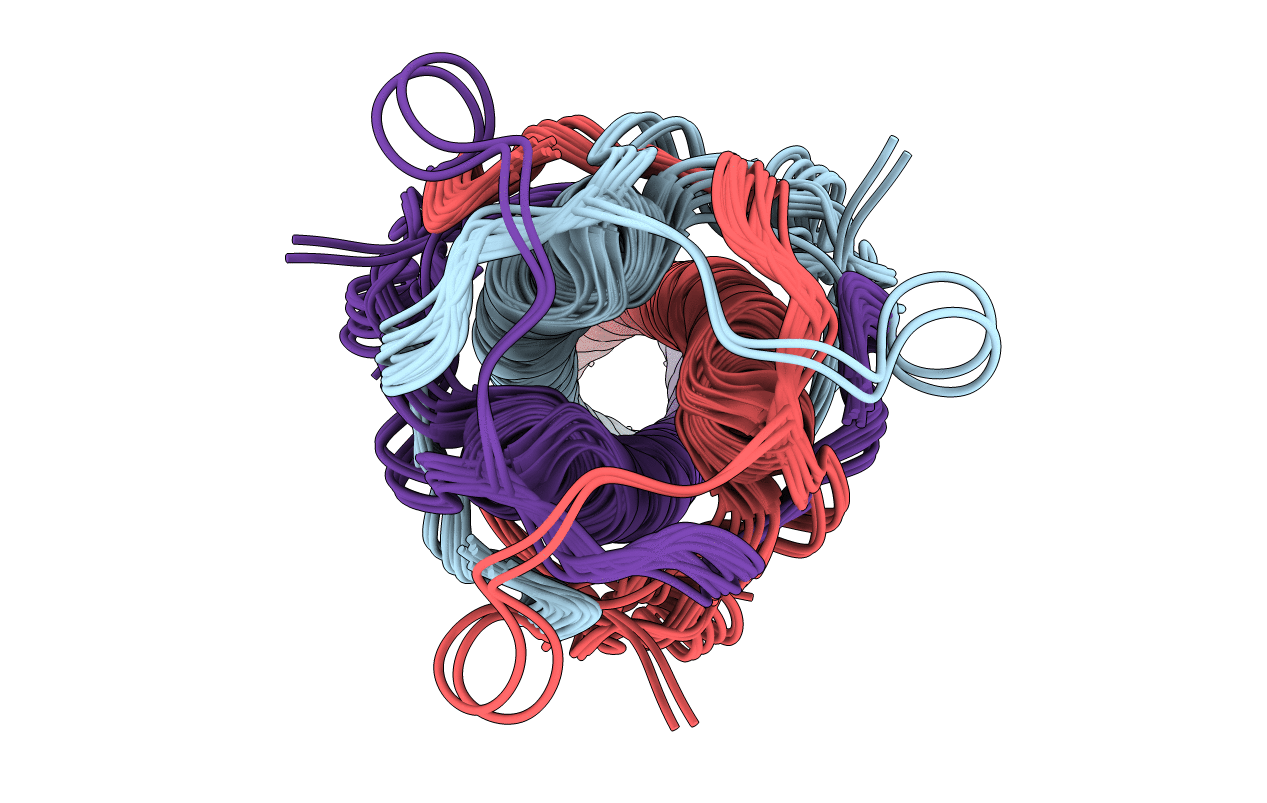
Deposition Date
2015-08-11
Release Date
2016-07-13
Last Version Date
2024-05-01
Entry Detail
PDB ID:
2N64
Keywords:
Title:
NMR Structure of the C-terminal Coiled-Coil Domain of CIN85
Biological Source:
Source Organism:
Homo sapiens (Taxon ID: 9606)
Host Organism:
Method Details:
Experimental Method:
Conformers Calculated:
2440
Conformers Submitted:
30
Selection Criteria:
every 84th structure after convergence


